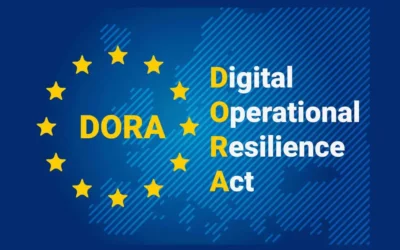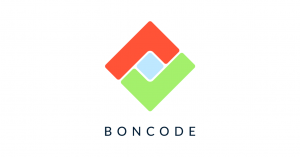Last week I met a client, I’ll call him Tim1, that I’ve worked intensively with for many years. It was one of those meetings that you have around the turn of the year—half retrospective and half looking at our plans for the year ahead.
For lunch, we walked from our new office in the center of The Hague to a little fish stall on “Buitenhof,” where they sell the best Maatjes Haring. It’s where I always used to have lunch years ago in my first job—so this nostalgic stroll down memory lane set a reflective mood for our conversation.
Tim told me that he is very pleased with our services. We assess the quality of his entire software portfolio every few weeks and provide detailed analyses to his engineering teams. And Tim uses our dashboards to report to the board.
As a result, a culture of quality awareness has developed right across the application development organization, including 16 scrum teams. Suboptimal quality does not exist anymore. That’s crucial for a business that would come to an immediate stop if its software systems stopped working.
How to Get Business Leaders Excited About Software Quality?
I confided in Tim that while I was delighted that he was very happy with the value we provide, I was still unsure about our go-to-market messaging. Although our sales performance is good, given the immense value we deliver, shouldn’t many more organizations come knocking on our door?
I’ve been working in the software quality field for many years, and I find it embarrassing that it’s still hard to craft a compelling marketing message. Attracting customers unfamiliar with software quality analysis is still a challenge.
To be more precise, I’m not overly interested in easier sales but frustrated that so many technology leaders are missing an opportunity. They’re unaware of how automatic source code analysis could drive value for their organizations. Software is eating the world, so tools and methods that help build better software more easily should be highly appealing.
While talking and enjoying our herring sandwiches, I remembered an old colleague who said:
Who cares about Software Quality? No one besides some techies. If you’re a manager and suspect software quality issues, you hire someone to fix it for you.
I always thought that was ironic, coming from someone with a Ph.D. in software quality who was technical director of a specialist software quality company.
I recounted this story to Tim, and he made an interesting analogy.
Software applications are comparable to machines in a production line. If you buy the machine, you don’t directly assess its quality; you just monitor up-time and service intervals. But everything changes if you decide to manufacture your own machines or develop your own software. Then you spend a lot of time and money developing and maintaining those assets. And risks of failure or delay are on you.
And then Tim added something even more interesting.
That’s why I’m so happy that you automatically measure function points. Because when you only visualized the software quality, I had useful insight, but I could not translate it into money.
With function point analysis, we have an industry-standard way to assess the size and complexity of software. So, we can measure how many hours we invest in maintaining software at different levels of quality.
Tim went on to explain that he had modern systems that took one hour per function point to maintain, whereas some older systems required up to 1.5 to 1.7 hours of maintenance per function point. Tim explained the math:
The difference between one and one-and-a-half hours per function point might not seem a lot. But when you have a team of 12 FTE developers, that’s the difference between effectively having 12 or 18 FTEs. Just think about what you can do with six more developers. And at a cost of around €150,000 each per year, times six is almost a million!
Tim explained that these were the figures that his company saw. They do great things with the savings—building more systems, delivering sooner, providing deeper functionality, and improvements that make the work of thousands of employees easier, faster, safer, and more efficient.
Function Point Analysis
We also worked out how many herring sandwiches you could buy for a million Euros!
So, while it may be true, as my old colleague said, “no one cares about software quality,” when you can translate that into money, many more executives should start to pay attention. As Tim said:
I can show in Euros what better quality software saves us. And that makes my life in the corporate world—where everything is expressed in money—a lot easier.
Reflection
That was a productive meeting. I realized we had more work to do. I started the function points journey myself at BonCode, but not translating this into Euros was a missed opportunity that we’ll now address.
And while function points make it easier to take the step to money, it is still techie-talk. Money is the great equalizer. Translating the value into money will make software quality and function point analysis meaningful to many more people. Tim showed me the way forward. I must buy him some more lunch!
My New Year’s Resolution
Express more of our findings in Euros wherever that’s possible and reliable. Showing people the money should see a lot more businesses knocking on our door.
Final Word
In the same week, we had another win. A VC company asked us to support their due diligence before investing several millions in a scale-up. They wanted to know if the software quality was up to scratch and safe to invest in. It goes to show, money is the great equalizer.
1) I’ve not used my client’s real name in the interest of his privacy, rather than trying to wriggle out of the commitment to buy him lunch again!





